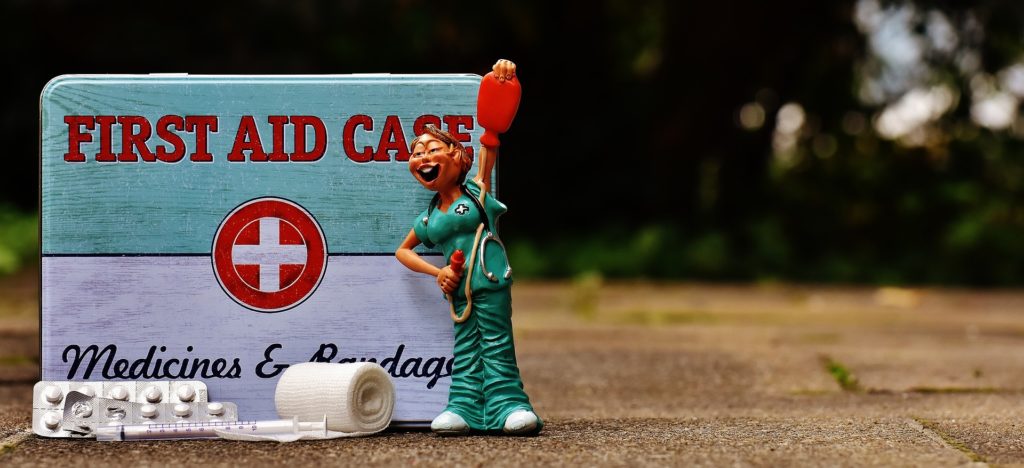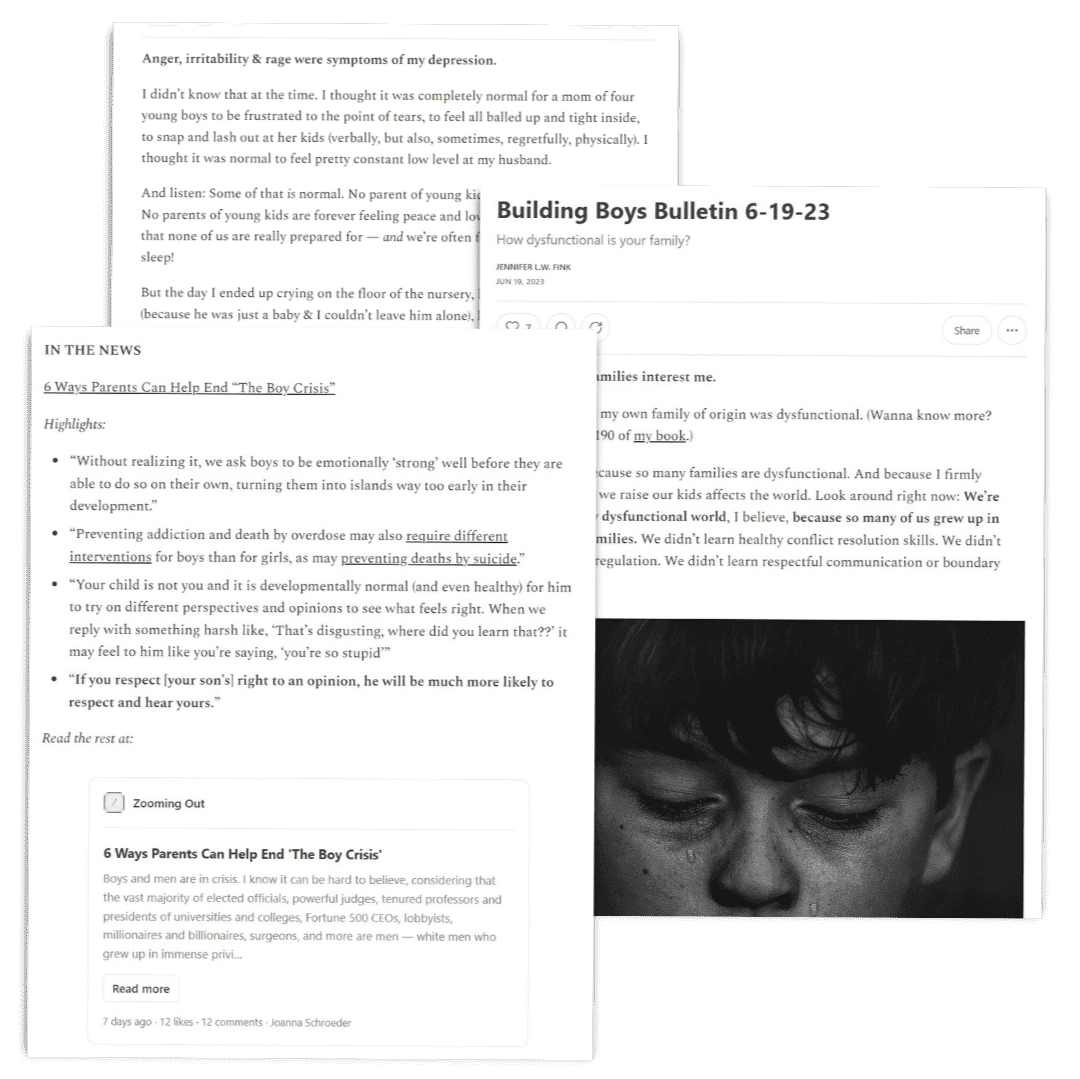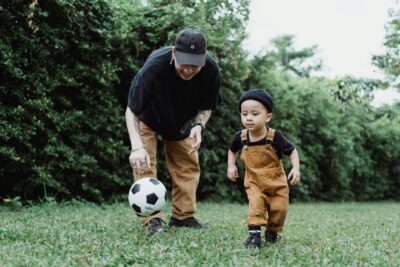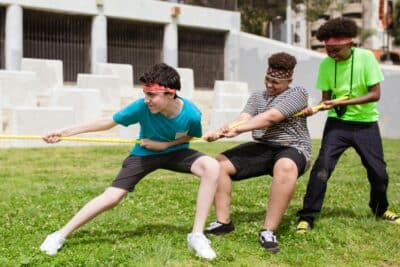
Teaching your children how to perform first aid is a life skill which can prove invaluable to them later on through their lives. If they ever come into a situation where they or their loved ones require medical assistance, they will be trained to be able to treat the person and possibly even save someone’s life.
Use Everyday Examples
Children are best at learning when they learn in a practical way, and the best way to instil skills into your children from a young age is to teach them every single day with examples in your day-to-day life. For example, if your child trips over and grazes his knee, talk through what you do as you wash the wound, put a plaster on it and adding a little pressure on. Think about almost narrating the actions you take to help your child with an injury or illness as you do it. If you have taken a bls certification at any point in your own life, you could even demonstrate certain things with small dolls so that you child can practice and get used to it.
Make It A Game
Children don’t learn the same way that we do- and sitting in a class and writing down the way to do first aid will make the child lose interest very quickly and make them more likely to forget the information. By making it into a game and incorporating practical aspects to it all, your children will feel much more involved and be ready to play and learn as they go. Let them play doctor and fix wounds and injuries on their toys; you can guide them through the process. Soon you’ll be upgraded to the patient and you’ll be covered in bandages and plasters.
Teach Your Child How To Get Help and Explain the Issue
The other thing you need to teach your child is how they can call for help in a crisis and how to effectively describe the situation and symptoms. If something happens to you, your child will need to be able to call 911 and explain your symptoms to the operator on the line in order to potentially save your life. Make sure that he is able to recite your phone number and address from memory should the time ever arise where they need to call an ambulance to come to your aid. There is a four step process that your child needs to be able to recite and go through when they see someone in danger:
- Danger. Is it safe to approach the injured person or are there any potential hazards such as electrical wires or sharp objects?
- Response. Try to talk to the injured person and see if they are able to answer questions. If not, are they awake or unconscious?
- Airway. If the patient is unconscious they will need to make sure that nothing is blocking the airway. They can tip the head back to make sure the tongue doesn’t block the airway.
- Breathing. Check their breathing pattern– how often and deep that they breathe.
This post contains affiliate links






